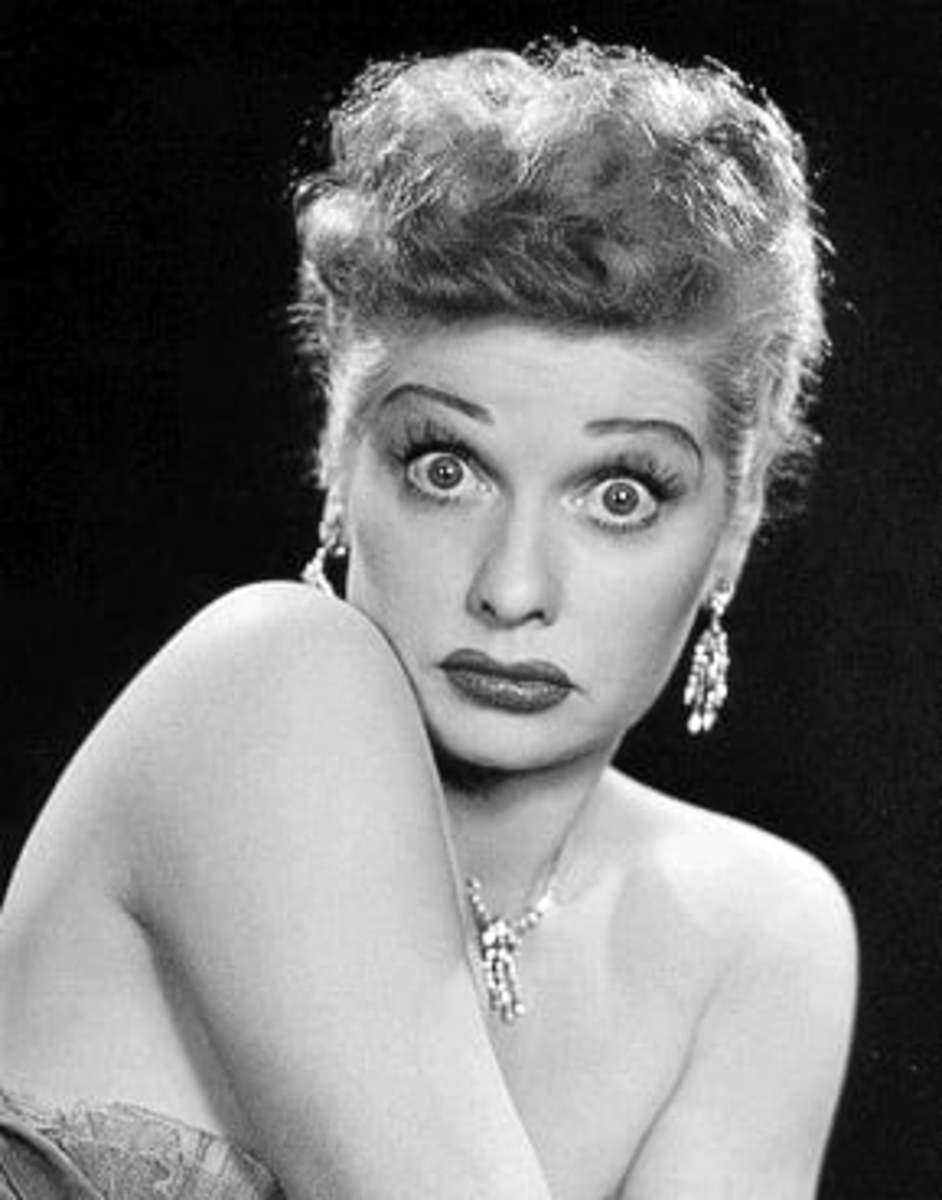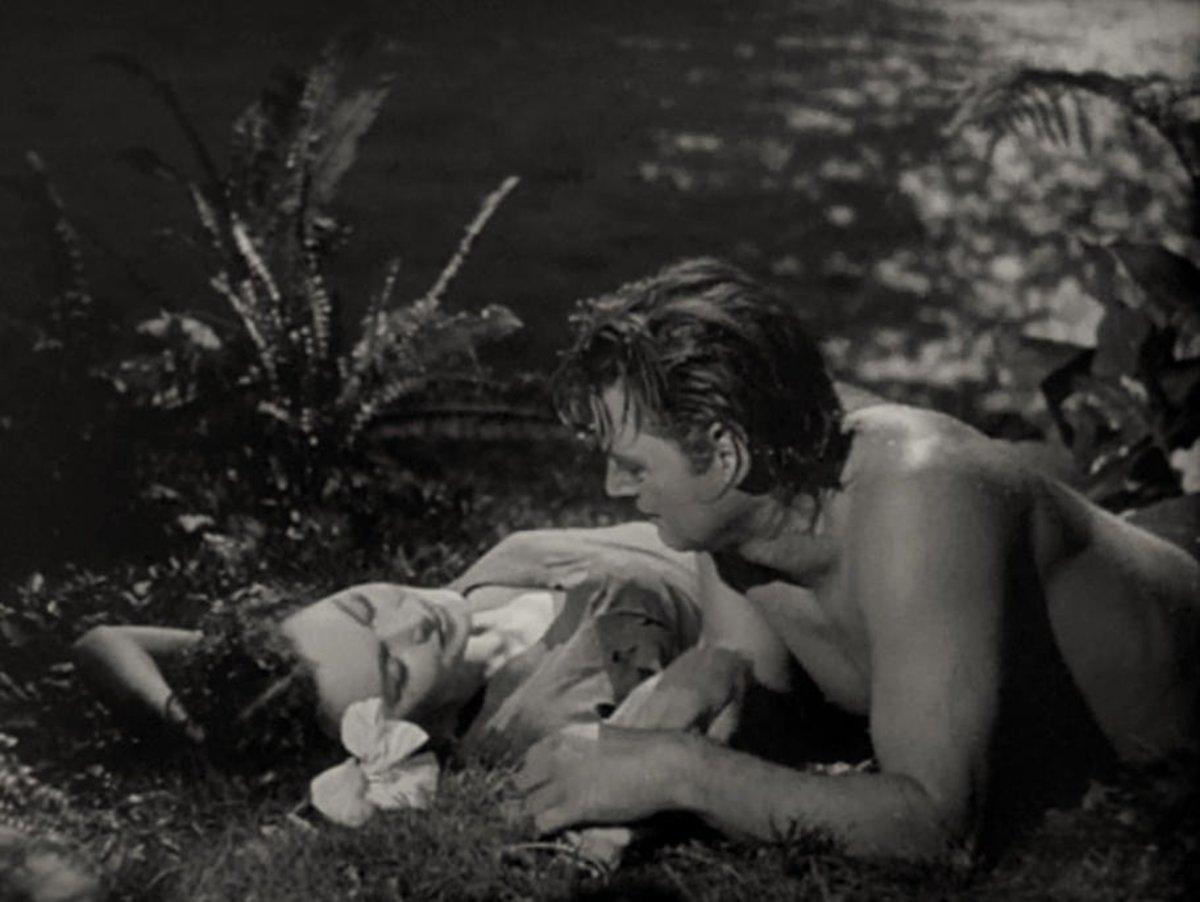Who Was Harold Lloyd?
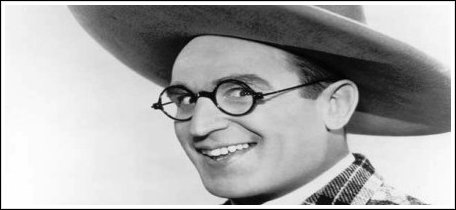
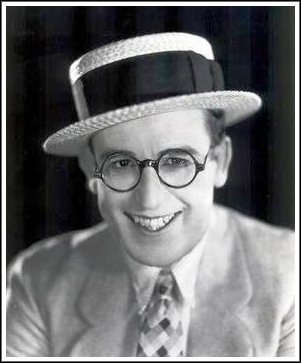
Harold Lloyd is a name all but forgotten by most, but at the height of his career he was one of the most popular and highest-paid comedians of the silent film era. Lloyd made almost 200 comedy films and made the transition between silent and “talkies,” between 1914 and 1947. Perhaps he is best known for his 1923 comedy “Safety Last,” where he is seen as a frightened young man clinging to a clock tower.
Harold was born in Burchard, Nebraska, April 20, 1893 to Elizabeth Fraser and J. Darcie 'Foxy' Lloyd' who divorced early in the youth’s life. Lloyd, first began performing at age 12, with the Burwood Stock Company in Omaha. It was in 1913 when young Harold and his chronically unemployed father moved to Los Angeles.
At the time the movie industry had barely begun and the slapstick comedian took any small bit parts offered. It was difficult to get work as he had no vaudeville training like his contemporaries, but he did attend the School of Dramatic Art in San Diego. However, he was naturally gifted in the art of prat falls and making dangerous tumbles seem easy. In fact, he preferred doing his own stunts.
Shortly after arriving in California, his father bought a pool hall. It soon went bust as did most of his other “get-rich-quick schemes.” Nearly broke, Foxy urged his son to try out for a movie being shot at San Diego's Pan American Exposition by the Edison Company. It was on that set Lloyd may have gotten his biggest break. He met another fledgling actor, Hal Roach. Roach was working on forming his own production company, which history tells us was a highly successful venture and later became known under the name Rolin. Lloyd signed on with Roach to do his own series.
In the beginning Harold did films reminiscent of his contemporary Charlie Chaplain, but he wasn’t satisfied with that. Lloyd and Roach both decided he needed his own unique persona. Lloyd came up with his famous “Glasses” character in 1917 and directed the first 3 films with the new personality. “Glasses” wore round glasses, a straw hat and a rumpled suit. Although the character still slightly smacked of “The Little Tramp,” it became his signature role. However, he quickly discovered he couldn’t act and direct at the same time.
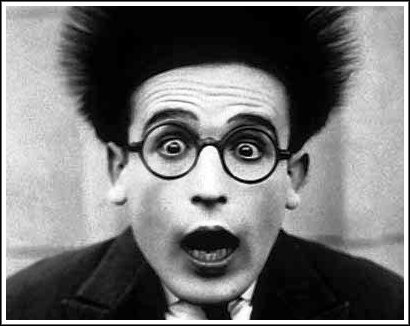
In August, 1919 Lloyd injured himself during a promotional filming for Roach’s studio. He picked up a bomb thinking it was a prop. It wasn’t. The explosion resulted in the loss of a thumb and index finger on his right hand. From thereon, he wore a special prosthetic glove.
Some have said Lloyd was not a naturally talented comedian, but a good actor playing the role of one. Although Lloyd never managed to quite achieve the popularity enjoyed by the likes of Charlie Chaplin or Buster Keaton, he made more films than both of them combined and made more money than either.
In 1921 Lloyd began making feature-length comedies. His first, “A Sailor-Made Man,” was a box office smash. It was followed by another in 1922 called “Grandma’s Boy,” which was supposed to be a dramatic film. But, while previewing the film Lloyd noticed the audience wasn’t laughing. Roach went back to work on the picture throwing in more gag scenes. After its’ release, Lloyd considered it his greatest achievement.
It was around this time the comedian married his leading lady, Mildred Davis. They had two children, Gloria and Harold Jr. The couple also adopted another daughter, Elizabeth and affectionately nicknamed her “Peggy.”
Lloyd left Roach in 1923 and formed his own production company called“The Harold Lloyd Corporation.” In 1928 Lloyd made his last silent picture titled “Speedy.”
With the advent of the new “talkies,” Lloyd soon found himself a victim of what had destroyed the careers of many other silent film stars. His writers were unaccustomed to writing scripts for sound. And with the looming depression his films were not doing near as well.
Eventually, his films began losing money, some just barely exceeding production costs. At one point he helped finance one of his own films.
“Welcome Danger” was released several weeks before the Great depression and the first filmed with sound. It did well at the box office since audiences were eager to hear their idol’s voice. Previous to this release Lloyd had been producing 1-2 films a year, but now began only doing about 1 every 2 years and his popularity began to decline.
As the film industry entered the 1940s, Lloyd basically retired from the screen after making a few pictures for RKO. But he didn’t fully retire.In 1944, Lloyd began hosting “The Old Gold Comedy Theater,” on NBC radio. It was a half-hour adaptation of recent film comedies. However, the show folded after less than a year. The half hour format made the comedy show adaptations too condensed and Lloyd’s voice was not sufficiently trained for radio. In the following years, Harold made guest appearances on various TV shows and repackaged many of his films for market. But, he never fully regained the former glory he once enjoyed as a silent film star.
Harold Lloyd was still a very wealthy man and he spent much of his time traveling with his family. He also took up various hobbies and pastimes. Lloyd was particularly interested in many aspects of photography, stereo systems and greyhound breeding.
The man who had 2 stars on the Hollywood Walk of Fame, died from prostate cancer at his Beverly Hills mansion March 8, 1971. He was 77.


